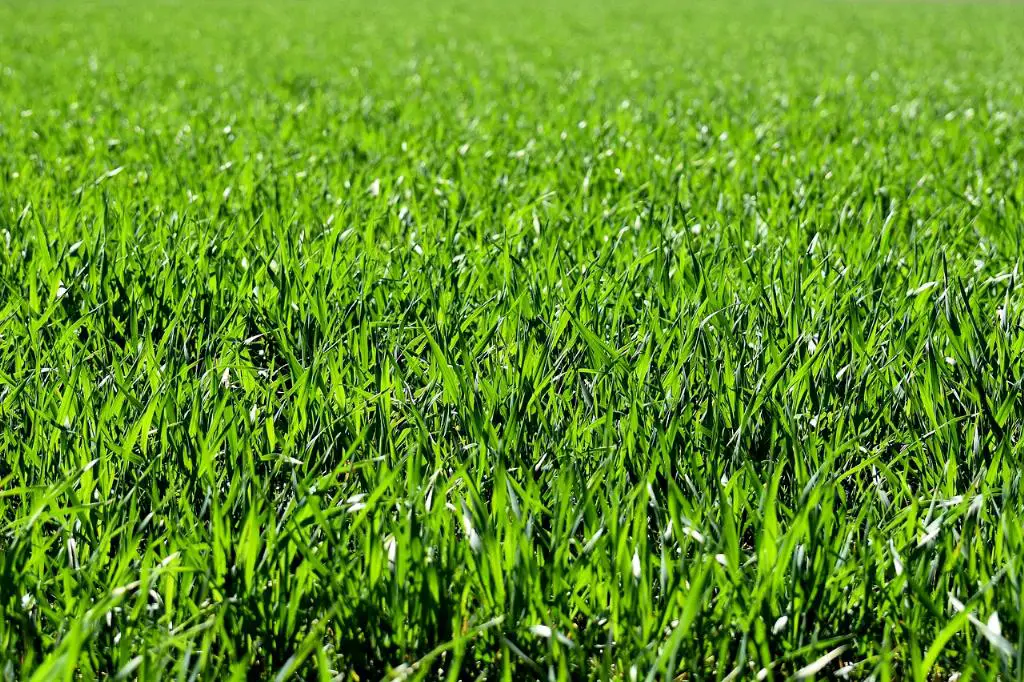When it comes to patching up those unsightly holes and ruts in your lawn, there are a few key steps you can take to ensure your grass grows back lush and green. One effective method is to blend planting soil with sand and/or compost. By mixing equal parts of these materials, you create a blend that allows grass roots to penetrate the mix and establish themselves in the existing soil.
Before you start the filling process, it’s crucial to consult with your local extension agent or garden center to get specific soil recommendations tailored to your area. Different regions may require different soil compositions, so it’s best to get expert advice to ensure optimal growth and health for your grass.
Once you’ve gathered the necessary materials, begin by clearing the area around the hole or rut. Remove any debris, rocks, or dead grass to create a clean and smooth surface for the new soil mix to be applied. This step sets the foundation for successful grass re-growth and helps prevent any obstacles that could impede the growth process.
Next, combine the planting soil, sand, and compost in equal parts to create a well-balanced mix. The sand helps with drainage and aeration, while the compost adds essential nutrients to the soil. This blend creates an ideal environment for grass roots to thrive and establish themselves firmly in the ground.
After preparing the soil mix, carefully fill the hole or rut with the blend, ensuring that it’s evenly distributed and level with the surrounding ground. Pat down the soil gently to remove any air pockets and create a firm base for the grass seeds to take root. This step is crucial for proper germination and growth.
Once the hole is filled with the soil mix, it’s time to sow grass seeds over the repaired area. Choose high-quality grass seeds that are suitable for your lawn type and climate. Spread the seeds evenly across the filled area, making sure to cover the entire surface for uniform growth.
After sowing the grass seeds, lightly rake the surface to mix the seeds with the soil and ensure good seed-to-soil contact. This helps promote germination and encourages strong root development. Water the area thoroughly but gently to keep the soil moist and aid in seed germination.
Throughout the germination and growth process, it’s essential to keep the repaired area consistently moist but not waterlogged. Monitor the soil moisture levels regularly and adjust your watering schedule as needed to support healthy grass growth. Adequate hydration is key to establishing a thriving lawn.
As the grass begins to sprout and grow, continue to provide proper care and maintenance to encourage strong and robust growth. Regular mowing, fertilizing, and watering will help your new grass thrive and blend in seamlessly with the rest of your lawn.
Over time, the repaired area will fill in, and the grass will establish itself, creating a seamless and healthy lawn surface. By following these steps and providing the necessary care, you can effectively fill holes and ruts in your lawn and rejuvenate your outdoor space with lush, green grass.

